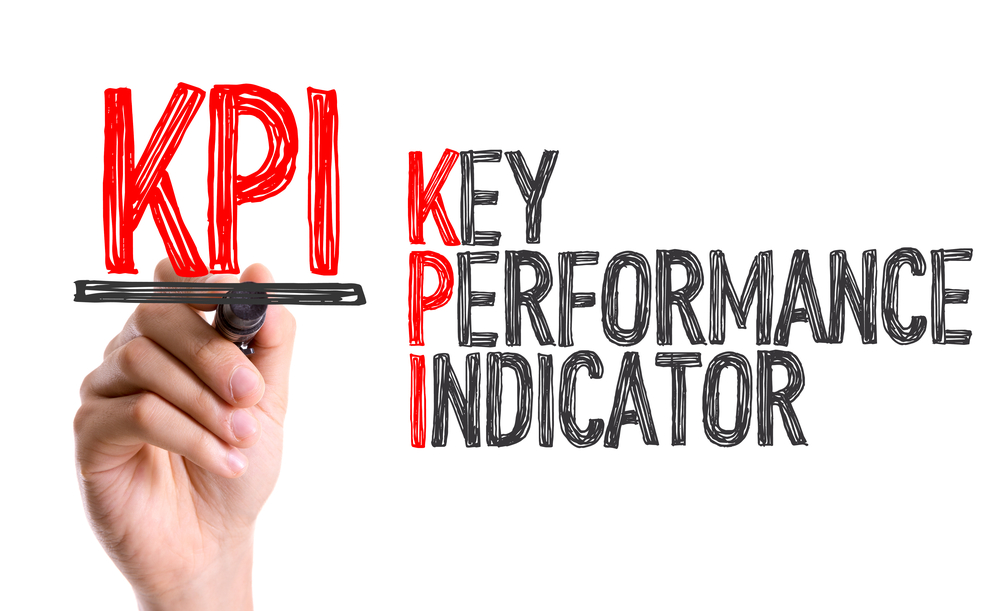More and more companies are realizing that success in the age of digital transformation is tied to how they leverage their IT and how they manage their IT finances. CIOs see the need for deeper insights into how their technology is adding to the company's success while CFOs wish to see the financial benefits of efficient IT operations. As a result, many companies are implementing specialized IT financial management tools to support them in these endeavors. However, implementing a solution will not magically increase savings and profits. You also have to take into account the right KPIs.
What is a KPI? The acronym KPI stands for Key Performance Indicator, i.e. essential metrics that can be used to measure the success of your business in various contexts. However, not all KPIs are equally useful in every scenario. It is important to clearly define for every business and investment decision, which KPIs are relevant and in what way you want to improve on them. We have identified four key metrics for ITFM solutions that can help CIOs and CFOs on they journey to more efficient IT financial management.

KPI #1: Return on Investment (ROI)
The Return on Investment – or ROI – is defined as the rate of returned compared to the invested capital. A simplified example might look like this: You invest €1000000 into the implementation of a software solution and within 2 years this investments yields €2000000 in returns. Hence, the ROI over two years would be 200%. Of course, reality is a lot more complicated. Other factors such as cost reductions or qualitative aspects like increased employee satisfaction can also impact the calculations of the ROI.
This measure is of course not entirely specific to ITFM solutions, but rather an integral part of general financial analysis for all sorts of investments. If you implement an ITFM solution into your organization, you want to see what the company actually has gained from the software. A high ROI is a key indicator to measuring whether the solution did streamline your operation and whether you save money and free up investment for innovation elsewhere in your IT spend.
KPI #2: Time needed for total payback
This metric puts a bigger emphasis on the time aspect of the success of the implementation of your solution. Usually, ITFM solutions take an investment of time and money, so you want to make sure that you get this investment back as quickly as possible. If you invest half a million into overhauling your financial management, you do not want to wait for years before the investment pays off. While implementing IT financial management solutions pays out bigger in the longer term, a short time for a total payback is a pointer towards whether you made the correct call investing in the new software.
Find out about all benefits and functionalities of our ITFM solution in a live demo
KPI #3: Total cost reduction
Yes, IT finances are now easier to handle, you made your money back, but how much money did you actually save? In the realm of ITFM, cost reduction can be reliably measured in relation to any given IT budget and it is obvious that lower costs can be an advantage to your or any enterprise. If your can prove that the targeted and purposeful use of your IT budget is causally linked to an increase in savings, everybody wins: IT organizations have an easier time justifying innovative growth projects to upper management and the company as a whole generates a significant value add.
However, total cost reduction can often be caused and explained by other factors completely unrelated to the implementation of a new ITFM tool. To get a clearer picture, there is another KPI that should be analyzed...
KPI #4: IT spend reduction
While the previous KPIs are arguably more meaningful for the company (and its budget) as a whole, the IT spend reduction achieved is more directly tied to the changes made to IT management itself. Similarly to total cost reduction, IT spend reduction can be measured as a percentage of the IT budget and - naturally - a higher number here indicates bigger success with your ITFM strategy, i.e. getting rid of redundancies in your IT spending or re-allocating IT costs towards more reasonably priced and more intuitive cloud solutions.
Conclusion
Realizing the urgency of proper ITFM and bringing up the determination - and the budget - to invest into a solution is important for the long-term success of any growing enterprise. However, jumping blindly into this venture can prove detrimental. You need a solution that scales with the size of your organization and can deliver on the key metrics above in a reliable manner.
Serviceware Financial has recently been analyzed by Forrester Consulting. In the study The Total Economic Impact of Serviceware Financial, 12 large Serviceware customers were put under the microscope. Companies who deployed the solution achieve an ROI of 571% over three years and were able to register at least €33 million in savings based on a €1 billion IT budget, thanks to benchmarking of IT services as well as improved cost and service transparency enabled through the software. Find out more.

 German
German

